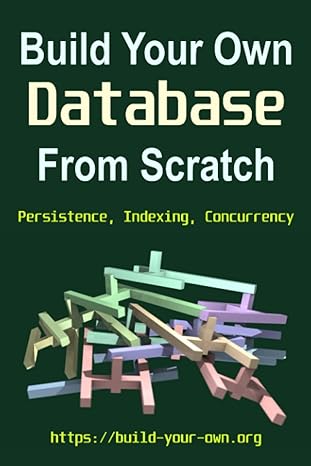Question
IN C!!!!!!!!!! Build a network client/server system that implements the TCP Daytime small server as documented in RFC 867 (https://tools.ietf.org/html/rfc867). The client and server will
IN C!!!!!!!!!!
Build a network client/server system that implements the "TCP Daytime small server" as documented in RFC 867 (https://tools.ietf.org/html/rfc867). The client and server will communicate on TCP port 1113, not port 13. There are no command line arguments or menu for the server (no interface). Server shutdown should be handled by catching the SIGTERM signal. We will discuss how to do this in class with a code example. The client has one required command line argument, the hostname or IP address of the server. The client should handle errors gracefully. The client will echo the date/time string to the console and then terminate.
Your programs must be developed in C (-std-c99) using the BSD socket API on the class server or the BSD VM. The programs must compile and run on the class server campus network and campus wireless (not the dorms). Be sure and read this *ENTIRE* with gcc. Testing your server without your client: You may test your server, before you create your client, with the netcat utility nc(1 ). The netcat utility will send and receive messages over the network. To test your TCP daytime server listening on port 1313, you would run your server in one terminal window (server's terminal). Then in a different terminal window (client's terminal) you would type the following: echo "trash" Inc localhost 1313 If your server is working correctly you'll see the formatted date time string displayed in the client's terminal. The port number must match the port your server is listening on in order to work. Thu Nov 24 18:22:48 1986
Step by Step Solution
There are 3 Steps involved in it
Step: 1

Get Instant Access to Expert-Tailored Solutions
See step-by-step solutions with expert insights and AI powered tools for academic success
Step: 2

Step: 3

Ace Your Homework with AI
Get the answers you need in no time with our AI-driven, step-by-step assistance
Get Started


